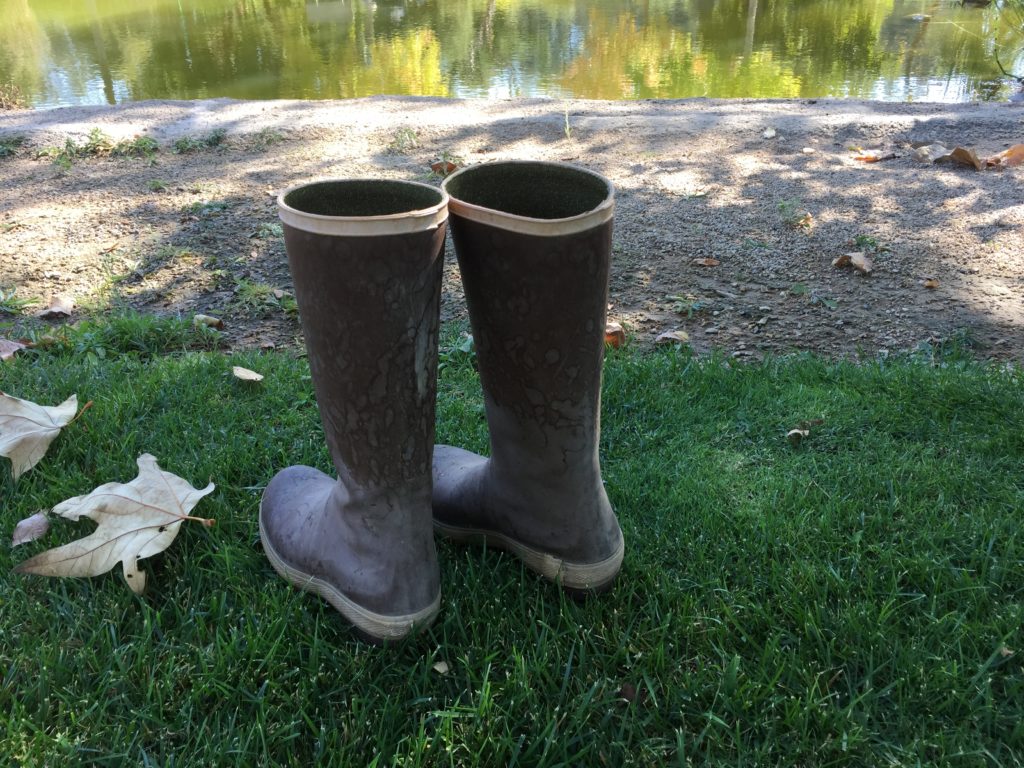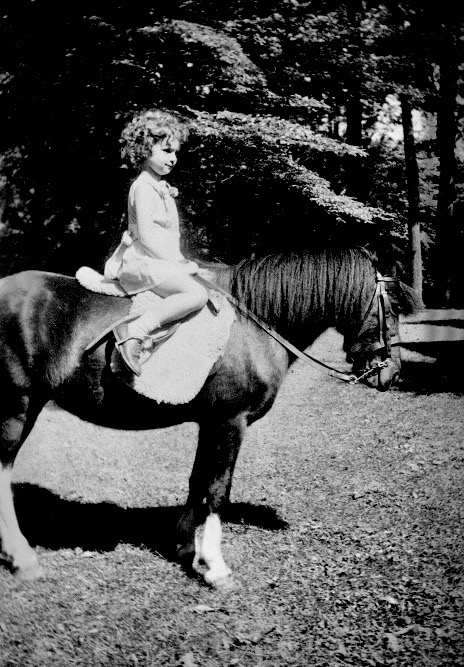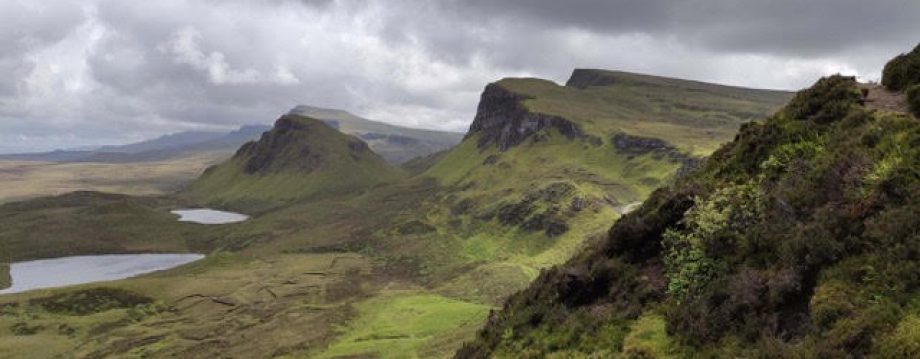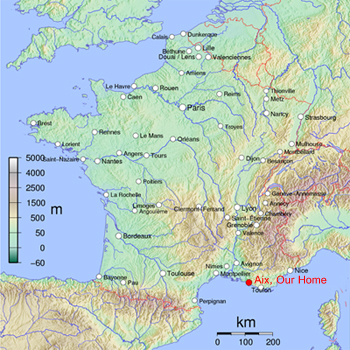Some days I have to put on my boots and set out to explore. There doesn’t need to be a specific destination or task to propel me, however I know with certainty I must go.

As you can see, these XtraTuf boots aren’t made for long hikes, or rock climbing, or scaling Everest. They’re made for getting dirty and wet, for mucking about, for gaining sure footing in oozing mud and gravel. They give me confidence to navigate uncertain ground. That is why I love them and have them always ready by my door.
As a very little girl of six or seven, I had another version these boots that I would slip into on weekend days to explore the stream by my house. For uncounted hours I walked the stream bed, and pressed my fingers into the shallow banks on either side to find a worm, or into the water to catch crayfish or an elusive skate bug. I could follow the stream to a pond at one end. In the other direction I could duck through a long round culvert under the road and venture into the woods. The dark mass of trees that soon crowded the stream’s banks provided a natural barrier I would not cross.
The 18th century poet William Wordsworth, and modern essayists Rebecca Solnit (Wanderlust) and Bruce Chatwin (Songlines) are just a few of the lyrical writers who have noted the ways that walking, by its very movement and activity, serves an essential function for our very livelihood: as a means of supporting one’s existence.
In the terms I often turn to, I understand that the cadence of walking can help organize a disrupted, frightened, fragmented self. It can help bring the parts and functions of the body in tune with each other. In times of great collective and personal distress, uncertainty, and danger, such as we are facing in these days of pandemic, political upheaval and climate crisis, the cadence of walking can restore confidence and hope when they seem out of reach.
But what if you’re unable to walk? For some years I helped to run a therapeutic horseback riding program for people with disabilities. Our youngest client was 18 months old. The oldest was 85 years old. What I witnessed daily, often with astonishment, was that the walking rhythm of the horses served the same organizing activity for their riders as if they had been able to do the walking themselves. Neurologically, physiologically, emotionally, and cognitively, calming and mastery took place. The riders became connected and confident in themselves, and with those who were at their side supporting them. A sense of self and community was affirmed by the shared walking rhythm of horse and rider.

I think of walking, with or without my boots and my pony, as a ThroughLine. It’s not particular to me, but it supports me and carries me through time and place. It provides a sense of continuity, safety and orientation. The rhythmic movement and paths that walking makes allow me to remain in the company of all life.

